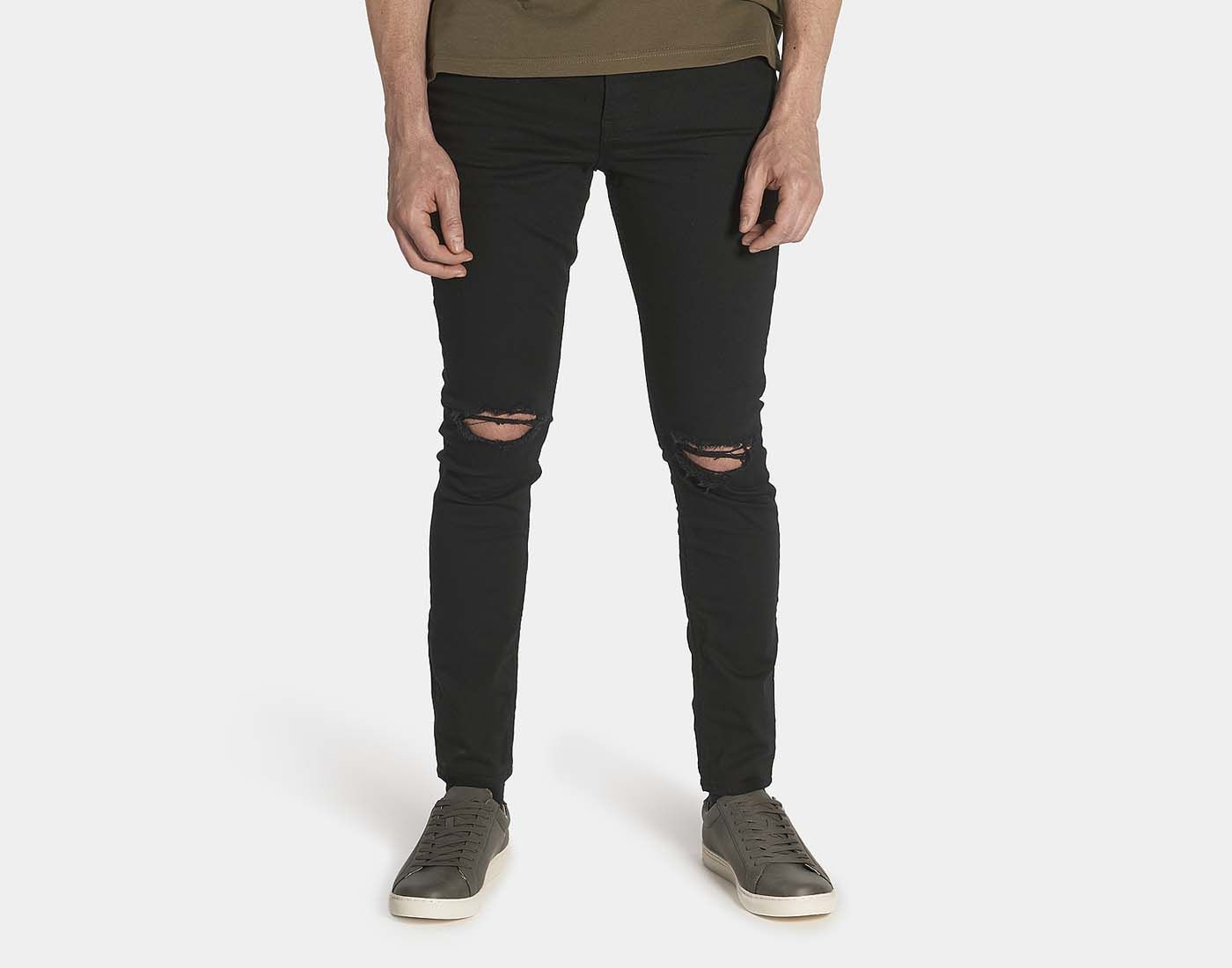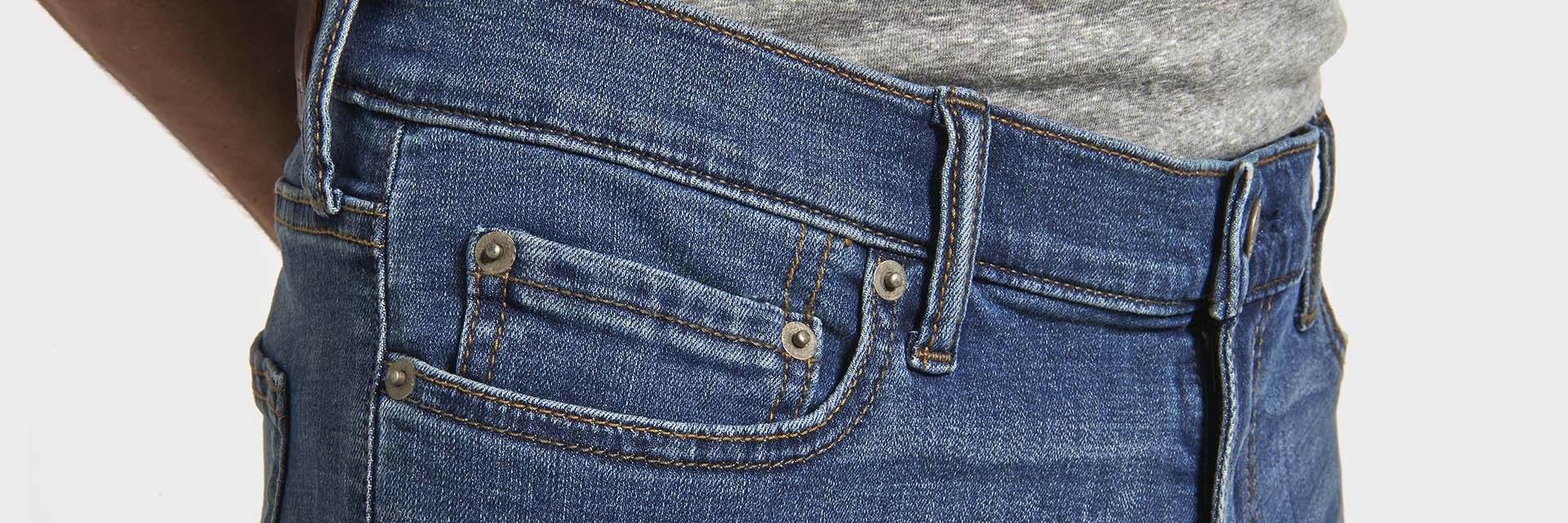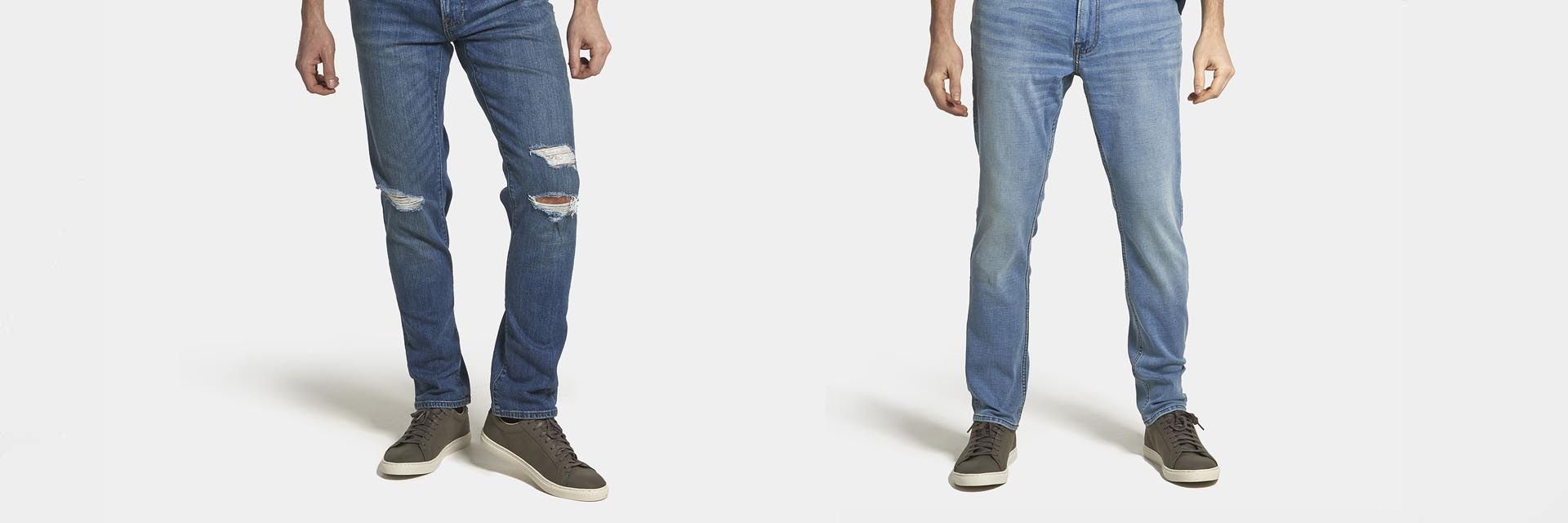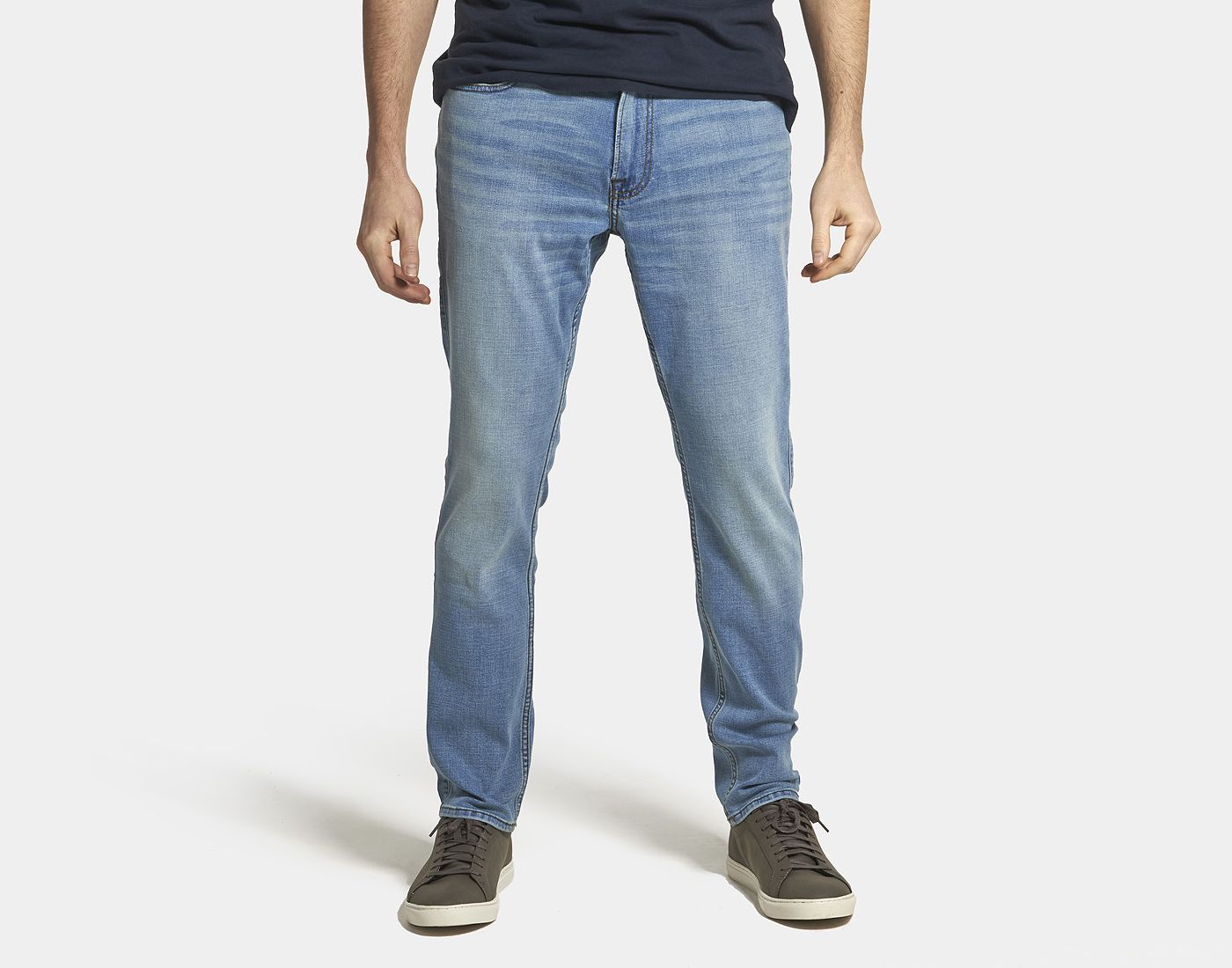
As we’re huge fans of denim here at The Jeans Blog, we are always looking out for innovative and better ways to get jeans on the market. Of course we love our top selling premium denim brands like J Brand, PAIGE, Citizens of Humanity and more, but what happens if you’re an independent brand that’s just starting up? How do you get your foot in the door?
Someone who could answer these questions for us was Hawthorn, so I reached out and caught up with Tom Lovelace, the guy behind the company, to find out more about how they can help young brands, especially jeans designers, get their garments produced.
Hawthorn is one of the leading clothing manufacturers in the UK, allowing the production and distribution of clothing of a great, high quality to small and medium sized fashion brands. We’ve heard stories about how manufactures often want huge orders as a minimum, but Hawthorn get around this and allow much smaller quantities to be made, without sacrificing anything.
The Jeans Blog – Hi Tom! Tell us about Hawthorn! How did you get started? Where are you based?
Tom – Hi Lorna! Hawthorn is a clothing manufacturer specialising in producing for start up clothing brands. We currently produce for over 160 different brands and the items we make for them range from simple casual wear like t-shirts and tracksuits, through to accessories, like caps, and formal wear, like shirts.
As a company we’re based in the UK and our head office is in London, however we have factories across the world which we use to produce items for our clients. We have placed our facilities to make the most of local specialisms and infrastructure.
We have been in the industry for around 8 years now, starting off with our own clothing brand which developed in to producing items for some friends and acquaintances.
That sounds like you have everything covered there! What inspired you to start a clothing factory?
As I mentioned above, we used to have our own clothing brand and as we were a start up we started to come across issues with manufacturers. Mainly that the minimum order quantities they were requesting were unrealistic for the sort of budget we had. We ideally wanted to order around 50 of each garment in our range, but we were being quoted 500pcs per size by some manufacturers.
With the help of some friends of ours in Istanbul, we decided to start manufacturing the clothing ourselves so that we could ensure we actually got exactly what we wanted and that we didn’t have to invest in hundreds of garments when we actually didn’t need that many. From there, we started to produce items for other people we knew with clothing brands and we came to realise that we were offering something which was very in demand – low quantity, fully customisable clothing.
From there, our operation has grown year on year, and we eventually closed our brand in favour of manufacturing for start ups and supporting those who are in the situation we were in when we started out.

That’s really inspiring! It’s always nice to hear growth stories like that. So, jeans are a big part of your production capability, what type of styles do you produce?
Because everything we make is completely custom, we can produce almost any style of jeans at all. We produce everything from boot cut to spray on, and we have an in house distressing team and wash department meaning we can produce truly unique designs.
That’s what we like to hear! What washes would you say are most popular?
That’s easy, the staple washes are always the most popular, so we produce a lot of light, mid and dark jeans. However recently the vintage look seems to be coming back in to trend and we have been producing a lot of those.

It is, vintage inspired jeans are so popular, especially after the resurrection of old Levi’s. Is there a different process for creating the jeans in different colours and washes? Say a difference between black and stone washed blue?
The colour of the jeans come from the base denim which is what the material starts off as. For example, all blue variations of jeans which are most popular come from an Indigo base, whereas grey and black jeans come from a black base where all of the threads are black. They essentially start off at the darker end of the colour scale and are washed to make them lighter. The length of time that they’re washed for is what determines the colour, so a very light blue will start off the same as a dark blue, it will just be washed for longer to create that effect.
That makes sense. And what would you say is the most popular style of jeans you are being asked to produce is?
From last year through this summer the most popular style was the biker jean, but this seems to now be shifting to be the spray on style super skinny jeans. Guys love those, don’t they?

Yeah that makes sense, they sure do, everyone loves a spray on. I also saw you produce a lot of street wear, is that your specialty?
Yeah, casual and street wear is a huge part of our business, and we also make gym wear and formal wear, but casual wear and street wear accounts for around 70% of our production.
That makes sense why jeans fit in with you so seamlessly. So to finish off, what’s next for Hawthorn?
We essentially plan on doing more of the same but trying to increase the number of brands we’re working with and continue our growth. We have had a recent drive to promote sustainability and are keen to have more of our customers using organic or sustainable versions of fabrics. We’re also planning a drive to promote uniform production as of 2019, and are looking forward to the opportunities that will bring.
Oh I’m so happy to hear that! Sustainability is so important, especially with denim as the washing process and cotton growing can be quite detrimental. Thank you so much for sharing all this information and I hope our readers, or anyone looking for production on their denim line, finds this helpful!
You’re welcome! We hope so too!

